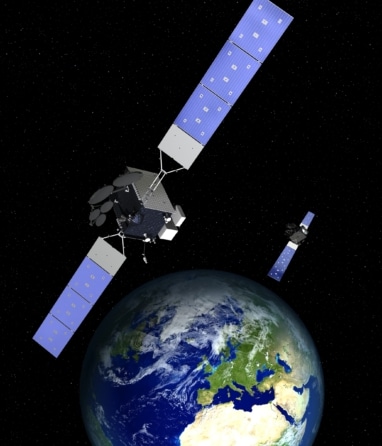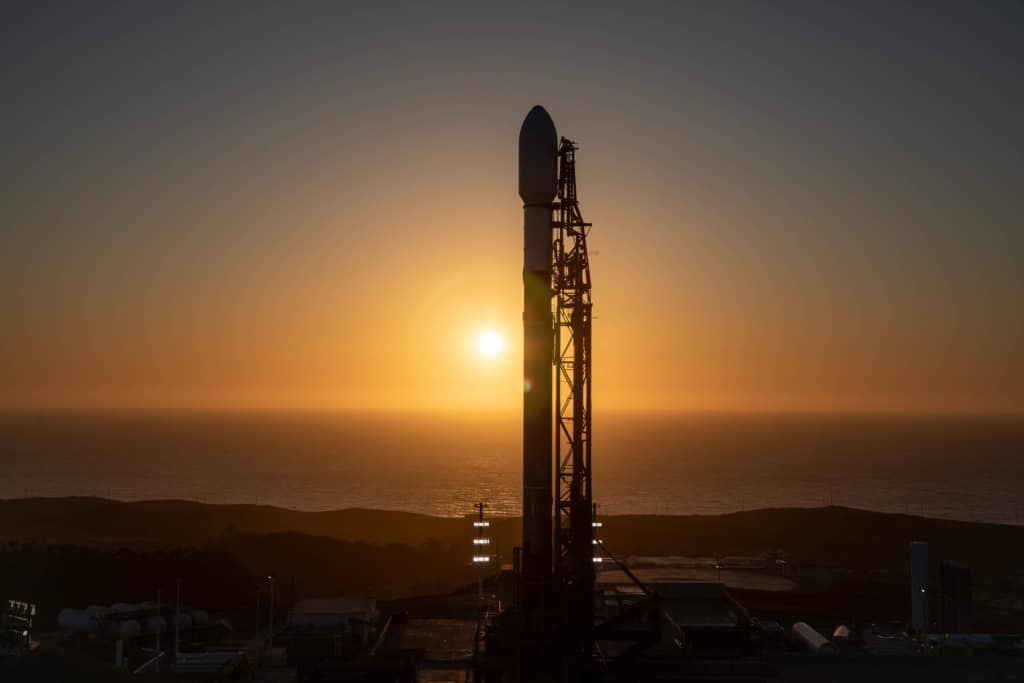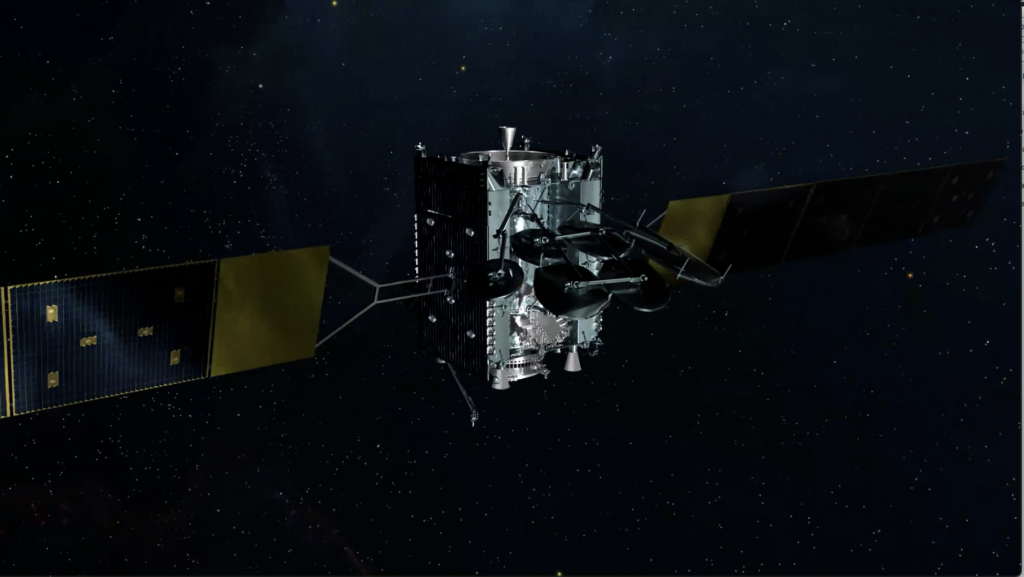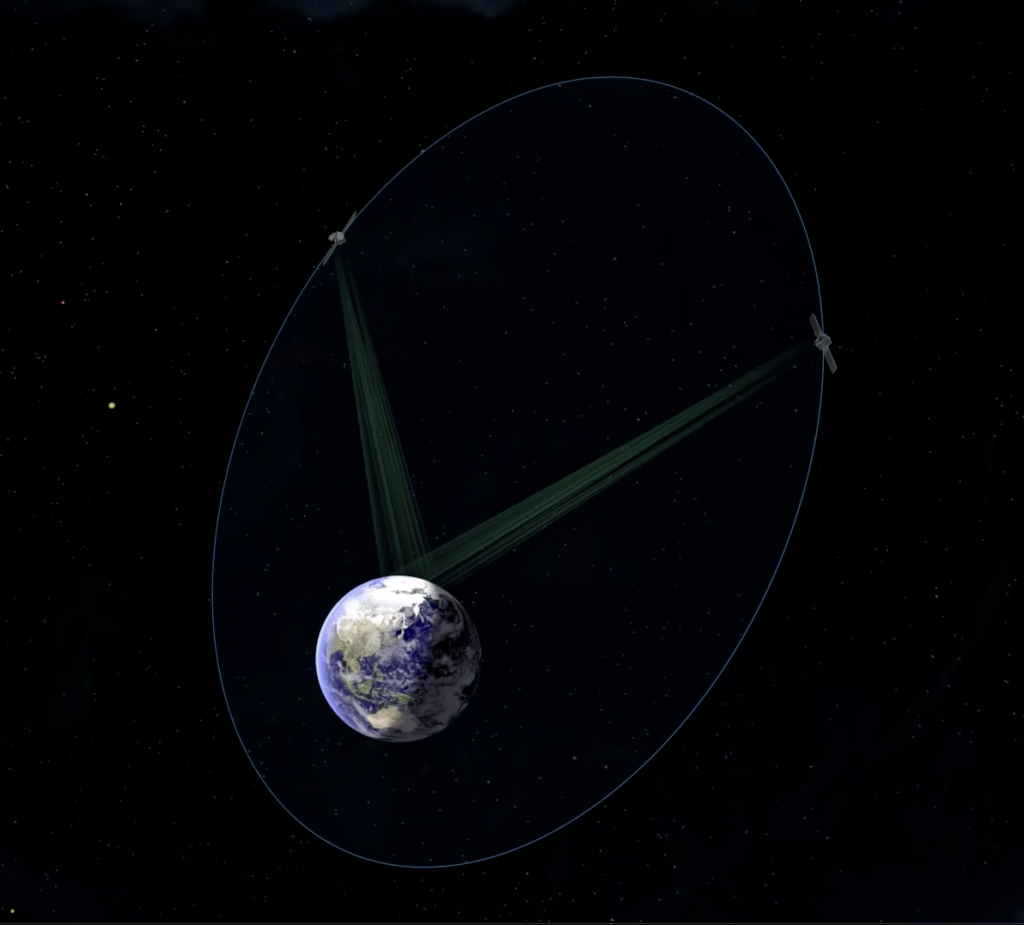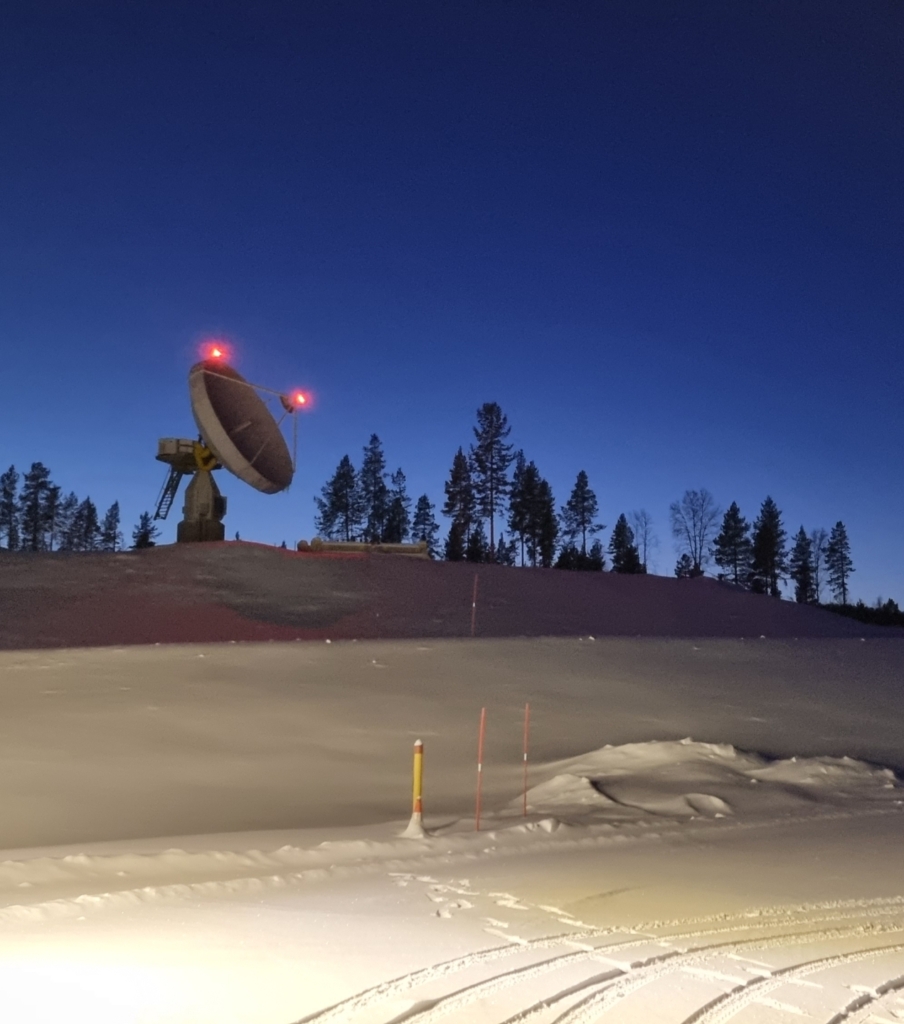Satellite fleet
ASBM 1 & 2
Image gallery
-
Want to know more about our ASBM satellites?
For more information about Space Norway’s ASBM 1 and ASBM 2 satellites and how they enhance Arctic broadband communication needs, please contact us today.

Pioneering Arctic communication
The ASBM satellites from Space Norway deliver dependable, high-speed internet connectivity to the Arctic. View the story behind this ground braking project. See the key personnel explain the work and the thoughts behind ASBM.
